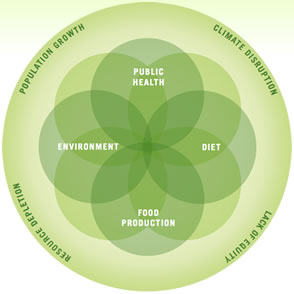Subject: Digital Technologies
Strand: Digital Technologies processes and production skills
Year levels: 3, 4, 5 and 6
Available through the ABC Splash website: http://splash.abc.net.au/home#!/media/1618065/
Description: This links to a video that shows how students can program and about how coding work, without the use of computers (“Splash ABC: Unplugged Activity: Graph Paper Programming,” 2014). The video illustrates how students can use different codes to draw a picture, similar to how a computer reads codes. The students can also write the codes for a peer to decode and draw the picture. It is a great activity if you don’t have high or any access to computers. The students learn about being specific with instructions and communication skills. The students can also gain an understanding on how they control the computer to do what they want it to.
(“Splash ABC: Unplugged Activity: Graph Paper Programming,” 2014).
(“Splash ABC: Unplugged Activity: Graph Paper Programming,” 2014).
(“Splash ABC: Unplugged Activity: Graph Paper Programming,” 2014).
Links to the curriculum (“ACARA: Digital Technologies,” 2015):
-
- Code: ACTDIP010
- Learning Area: Technologies
- Strand: Digital Technologies
- Substrand: Digital Technologies Processes and Production Skills
- Year Level: 3 and 4
- Description: Define simple problems, and describe and follow a sequence of steps and decisions (algorithms) needed to solve them
-
- Code: ACTDIP020
- Learning Area: Technologies
- Strand: Digital Technologies
- Substrand: Digital Technologies Processes and Production Skills
- Year Level: 5 and 6
- Description: Implement digital solutions as simple visual programs involving branching, iteration (repetition), and user input
-
- Code: ACTDIP019
- Learning Area: Technologies
- Strand: Digital Technologies
- Substrand: Digital Technologies Processes and Production Skills
- Year Level: 5 and 6
- Description: Design, modify and follow simple algorithms represented diagrammatically and in English involving sequences of steps, branching, and iteration (repetition)
Resources required:
-Graph paper
-Pencil
-A code language set for the students
-Paper for instructions
References:
ACARA: Digital Technologies. (2015). Available from http://www.australiancurriculum.edu.au/technologies/digital-technologies/curriculum/f-10?layout=1
Splash ABC: Unplugged Activity: Graph Paper Programming. (2014). Available from http://splash.abc.net.au/home#!/media/1618065/




